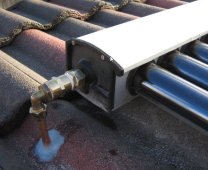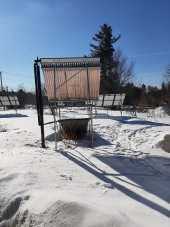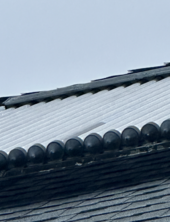i installed a 15 tube evacuated solar hot water tube heater
been working great 13 years now
my question is where the copper tips go into the manifold with the thermal transfer grease, how often does this thermal grease need to be cleaned off and replaced?.
i have not pulled a tube out and looked so i don`t know what condition the grease is in?
any ideas?
Cheers,
Richard
been working great 13 years now
my question is where the copper tips go into the manifold with the thermal transfer grease, how often does this thermal grease need to be cleaned off and replaced?.
i have not pulled a tube out and looked so i don`t know what condition the grease is in?
any ideas?
Cheers,
Richard





